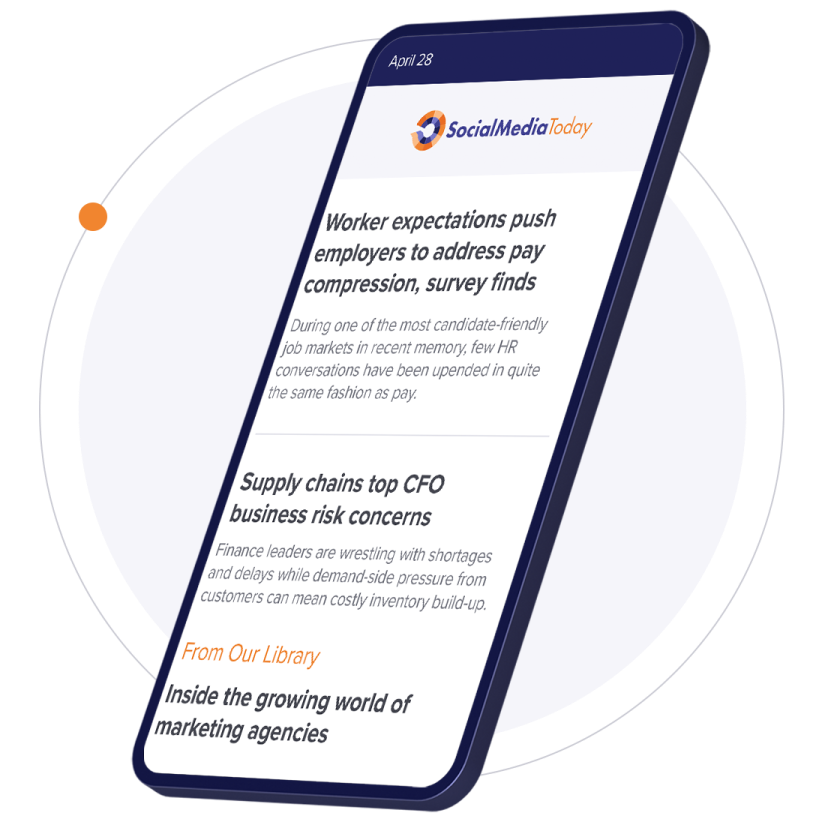Of all of the changes implemented at Twitter under Elon Musk, its updates to verification remain the most problematic, with anyone now essentially able to buy a blue checkmark for their profile, and appear as, at the least, a real human, which has opened the door for various scammers and spammers to boost their initiatives within the app.
Twitter’s response is that any such accounts will be suspended once detected, while it has also hinted at new measures to confirm user identities in the Twitter Blue sign-up process. But thus far, there’s no real checking process in place, with Twitter instead relying on what it calls ‘payment verification’ – i.e. bot accounts won’t be able to pay, so they won’t be able to sign-up to Twitter Blue, or it’ll be increasingly expensive for them to do so.
Though that, seemingly, has not proven to be a real deterrent as yet.
Over the last few months, various Twitter Blue-subscribed profiles have been identified as using AI-generated profile images, and have been approved for the program despite being non-human entities.

Twitter user Conspirator0 has shared a range of examples of these AI-generate accounts, which are currently active Twitter Blue subscribers in the app.
As reported by Futurism:
“Many of [the bot accounts], according to conspirator0's findings, ‘push specific political agendas’, both left and right-leaning — though mostly the latter. One account, under the now suspended handle of cortez_santiage, described themselves as a ‘nationalist’, a ‘paleo-conservative’, ‘anti-liberal’, and ‘anti-cringe’. Another campaigned to share so-called evidence of ‘the genocide of whites in America’."
So while Twitter has pledged to re-add a manual checking process for all Twitter Blue applicants, that’s seemingly not happening, which has opened the door for potential manipulation and deception within the new Twitter checkmark process.
And while you can tap through on any Twitter profile and check if it’s Twitter Blue or ‘legacy’ verified, at a glance, the blue checkmark does add a level of legitimacy to accounts in-stream.
Which is the whole lure of the offering – you pay $8 per month and you get to be viewed on the same basis as celebrities and stars, with your own checkmark to solidify your presence and status.
But without checks in place, it remains problematic – while the additional badges and variations that Twitter is adding to counter impersonation problems are also looking increasingly cluttered and confusing.
Orange badge ???? pic.twitter.com/rNvzkzFREt
— andrew chen (@andrewchen) January 31, 2023
Twitter’s currently in the process of expanding these company badges to all approved staff of approved companies within the app, which also includes a new description panel to explain why the user has a blue checkmark.

That’ll go some way to reducing impersonation in the app, which was the biggest issue at the initial launch of the new $8 verification program, while Twitter’s also working on a new indicator to show when a profile has actually confirmed its ID through its system.
Twitter is working on showing you whether an account is ID verified pic.twitter.com/t8Qo5uT0B9
— Jane Manchun Wong (@wongmjane) February 1, 2023
Which should, again, be a requirement for approval for a blue tick – and overall, it’s hard to see how this is a better system than the previous process, within which there was clearer understanding of what a blue tick meant, for the most part.
But then again, Twitter couldn’t make money from that. At present, around 300,000 Twitter users are estimated to have signed up for the new Twitter Blue, which will bring in $2.4 million per month for the company, or $7.2 million per quarter. Which is significant, but in the broader scheme, where Twitter’s aiming to generate more than $1 billion per quarter in total revenue, it’s not a major consideration as yet.
300k subscribers also equates to only 0.12% of Twitter’s user base, so while there’s been a lot of discussion and hype around subscriptions being a potential revenue pathway for the app, Elon and Co. clearly still have some way to go in convincing people to sign up to pay $8 a month to use the app.
In essence, the updated Twitter verification system, which Elon hoped would be ‘the great leveler’ for users is still a big mess, and is not likely to generate enough revenue to justify the extra work it’ll eventually require to add in proper checks and maintenance of its ever more complicated checkmark system.
But Twitter’s still pushing ahead, and it’s hard to see Elon back-tracking on the system now.
Maybe, with more incentives, and actual human checking in the verification process, it could still become a more relevant and important consideration. But it’s not there yet.







